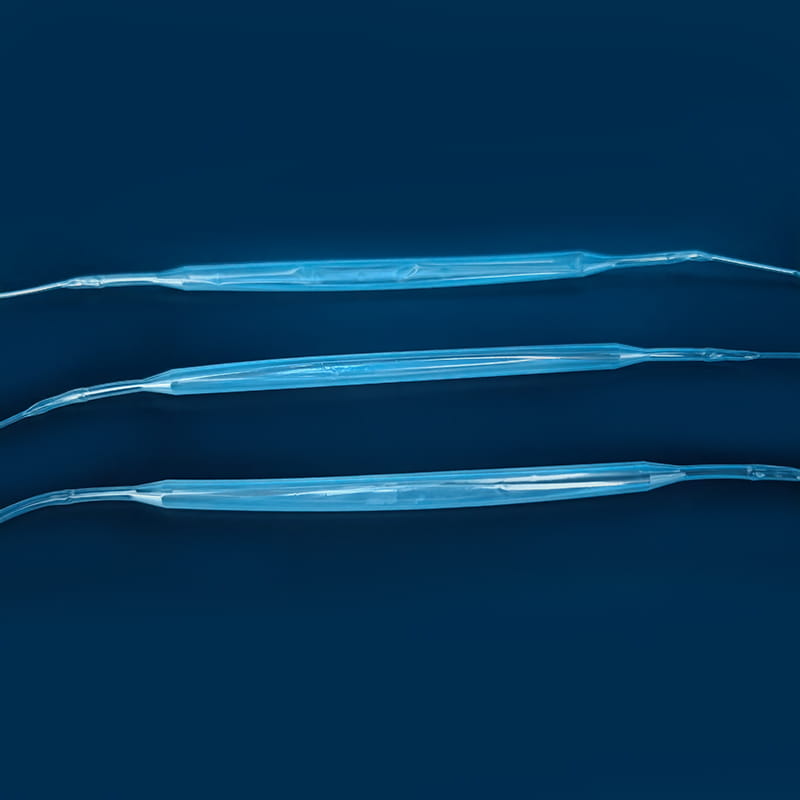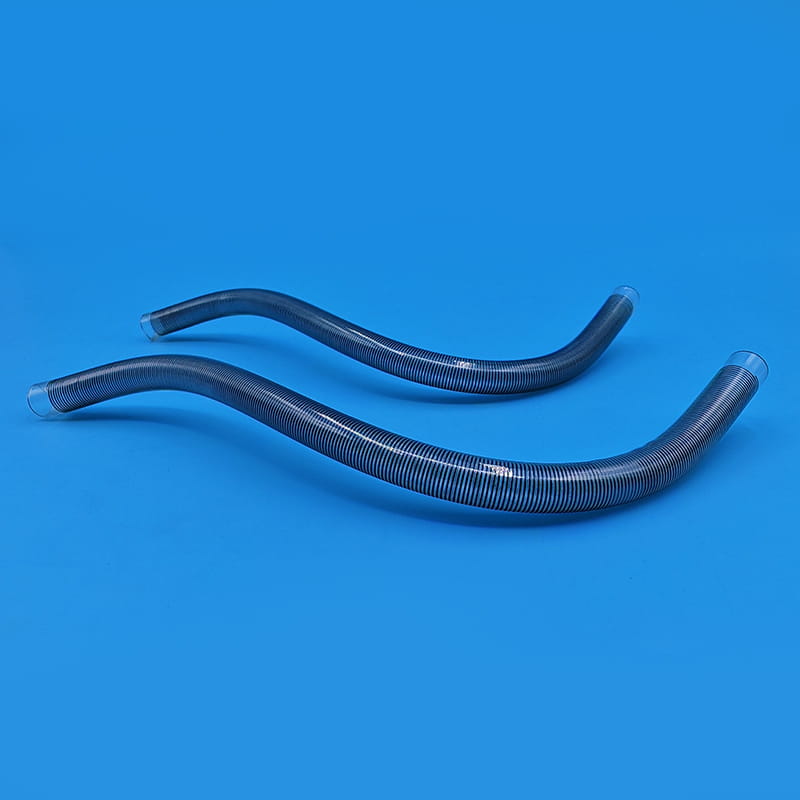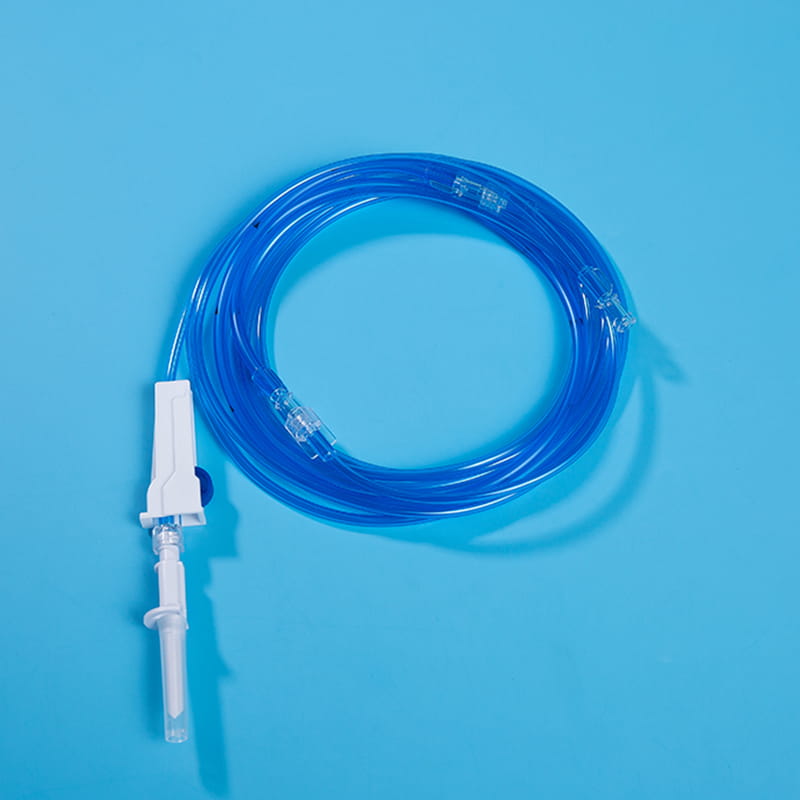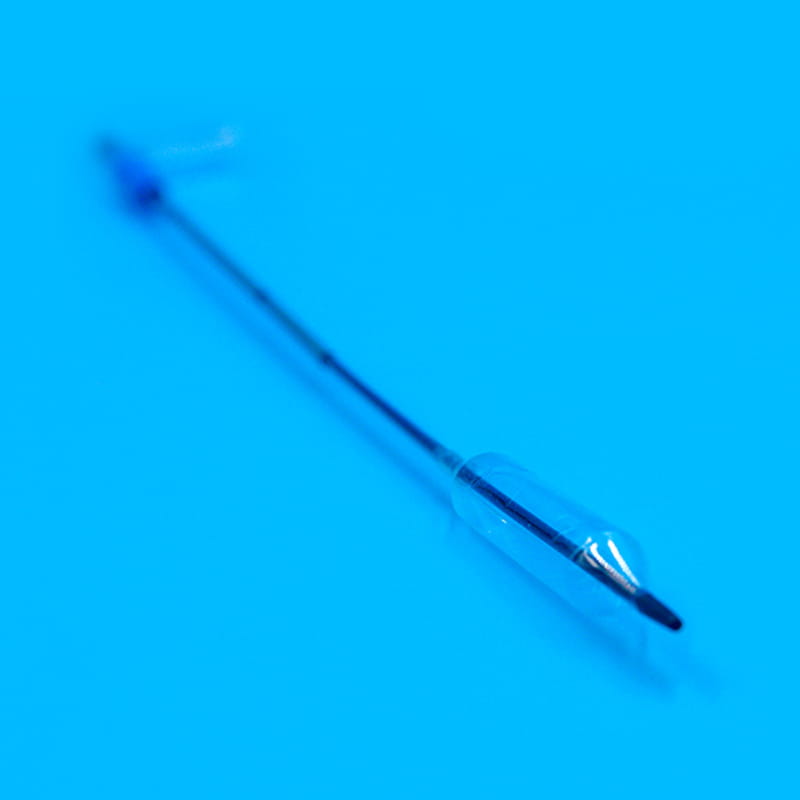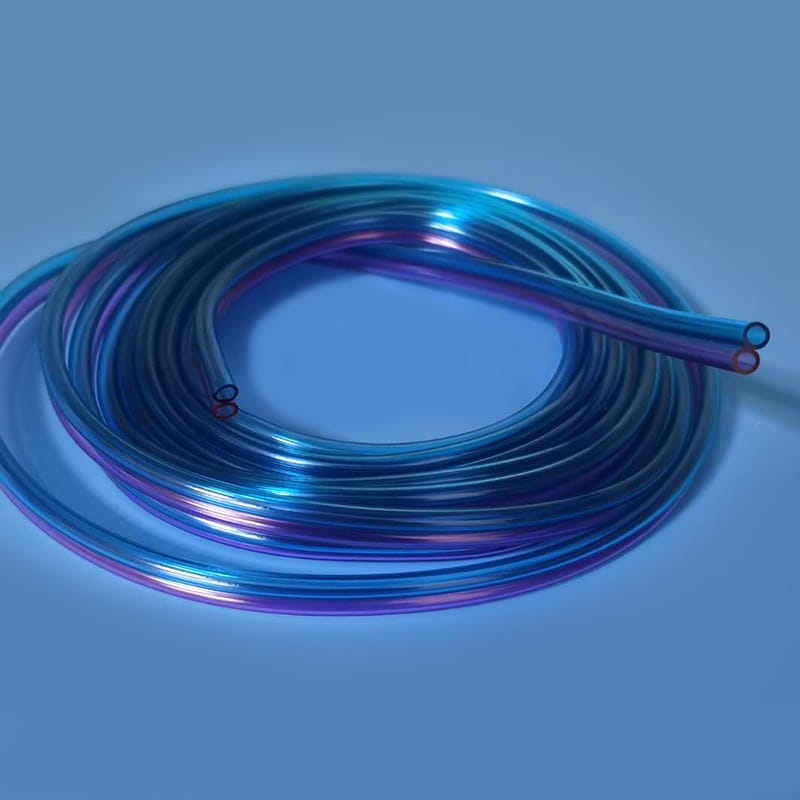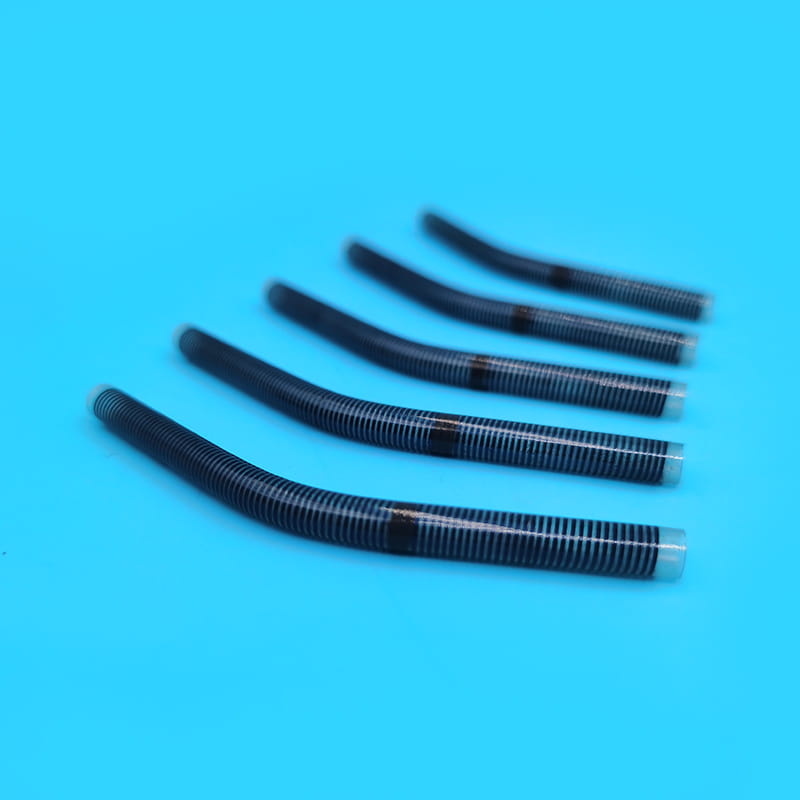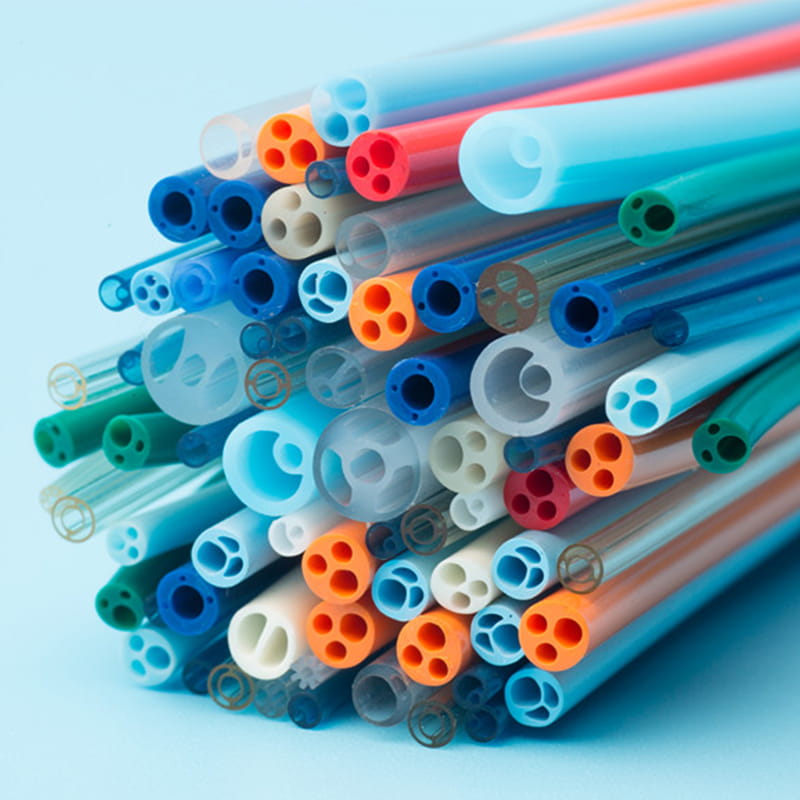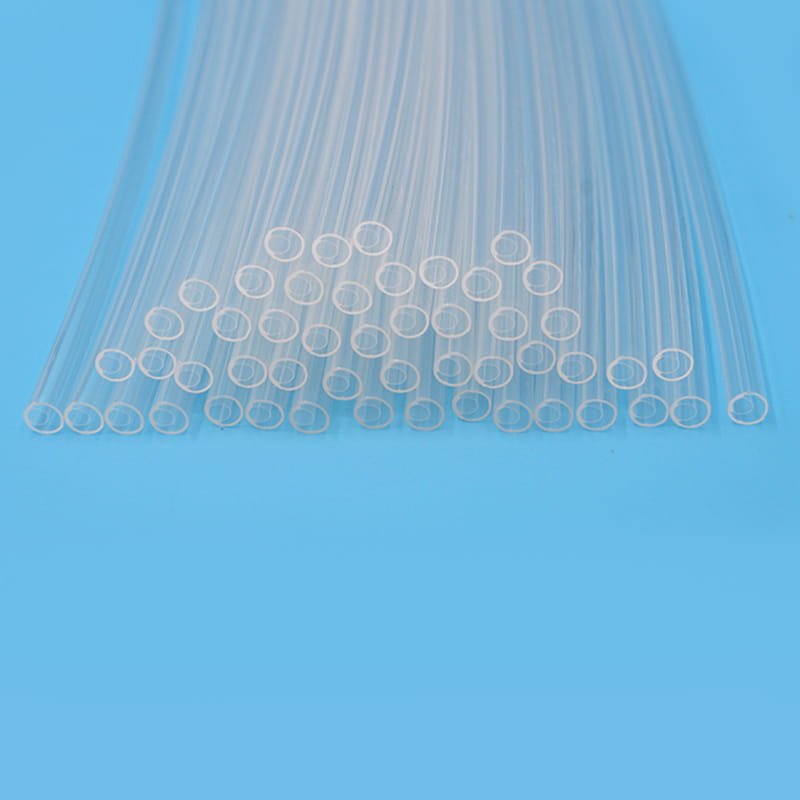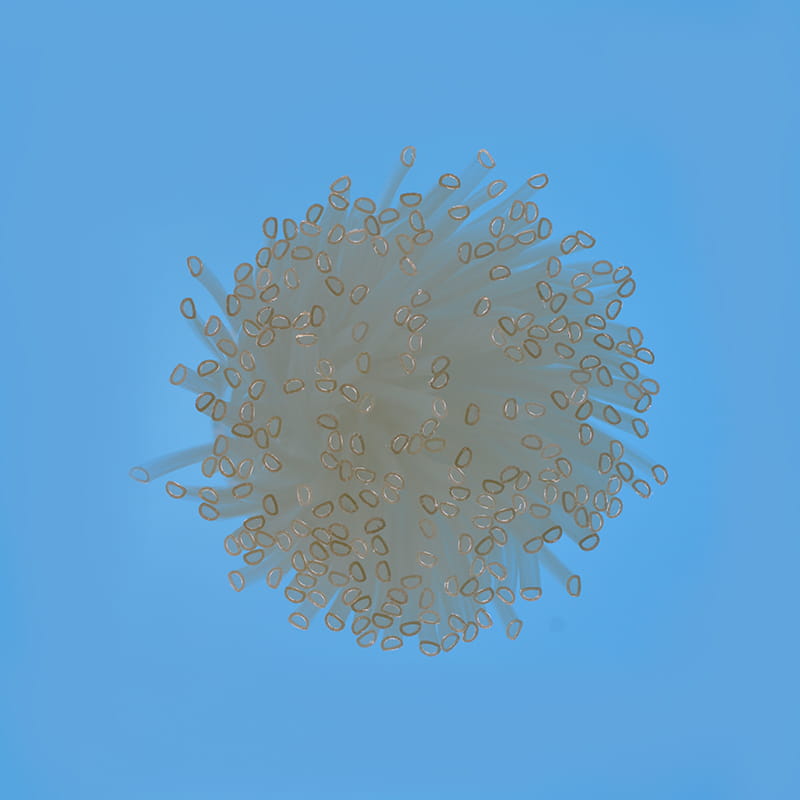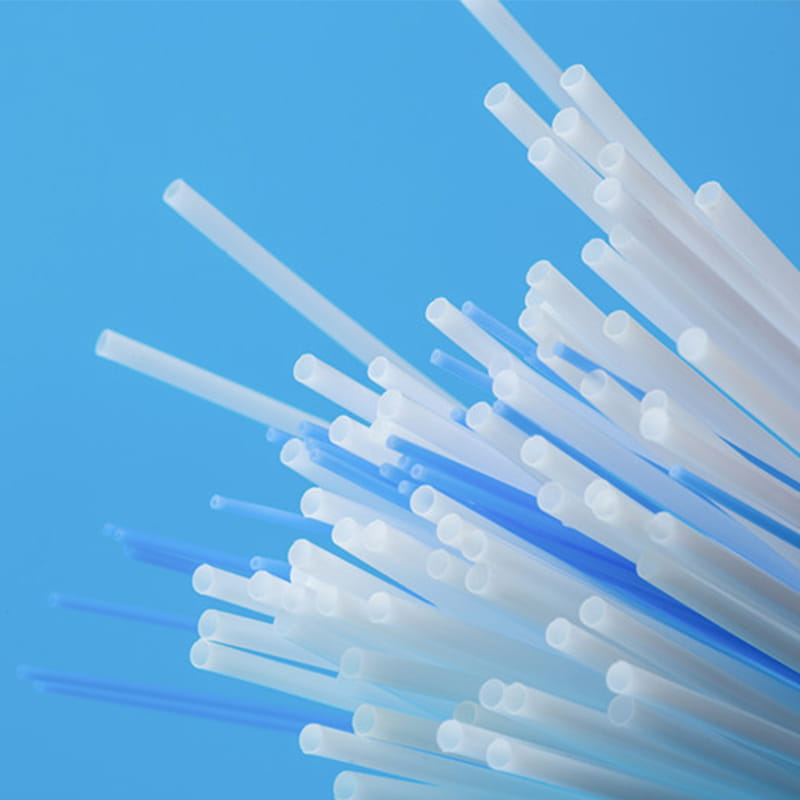Molecular ghosts in the vascular maze: How do PTFE ultra-thin wall tubes break through the limits of minimally invasive surgery?
1. Secret name war: How do three words overturn the century-old intervention rules?
When "medical PTFE ultra-thin wall tubes" became the high-frequency code of the catheter room, who would have thought that this name contained the ultimate gliding technique in the material world? How do the fluorocarbon bonds on the polytetrafluoroethylene molecular chain create a channel that is smoother than the ice surface? The wall thickness is compressed to 0.13 mm - only equivalent to the diameter of two strands of hair - how can such a thin-walled structure maintain the miracle of not collapsing in the turbulent blood flow? Why is its mechanical performance attenuated less than one-tenth of that of traditional materials under the radiation bombardment of 50kGy in the gamma ray sterilization chamber?
2. Zero friction conspiracy: How does PTFE create a vacuum illusion in blood vessels?
When the guide wire slides in the PTFE tube, what does a friction coefficient of 0.05 mean? Is this ultra-slippery surface, which is five times more efficient than the lubrication of human joint cartilage, rewriting the basic laws of fluid mechanics? Even more amazing is the chemical battlefield - when the anti-cancer drug DMAC solvent tries to corrode the tube wall, why can PTFE maintain zero mass loss? In the temperature hell of -200℃ cryoablation to +260℃ radiofrequency treatment, the stability of the friction coefficient fluctuation less than 0.01, does it announce the end of temperature's domination of medical devices?
3. Thin-walled alchemy: How can micron-level thickness carry automobile tire pressure?
When the tube wall thickness enters the death zone of 0.13 mm, traditional materials have already collapsed and deformed. Why can the PTFE tube body withstand 3MPa radial pressure - equivalent to three times the load of a family car tire? When the bending radius is compressed to 1.5 mm at the sharp bend of the cerebral blood vessels, what kind of nano-level enhancement technology is used to achieve the miracle of maintaining 100% patency of the lumen? When the contrast agent flow rate surges by 300% in a 0.5 mm tube diameter, does it mean that the risk of thrombosis will be permanently eliminated?
4. Biological-level invisibility: How do ultra-thin-walled tubes deceive the human immune system?
Why can the surface energy of the medical-grade certified PTFE tube be reduced to 18 dynes/cm - an anti-adhesion realm more extreme than the lotus effect? Does the molecular camouflage that reduces the amount of fibrinogen adsorption by 90% fundamentally undermine the foundation of thrombosis? Under an electron microscope, how can the height of the burrs produced by laser cutting be suppressed to less than 0.2 microns - has the processing accuracy, which is smaller than the size of the new coronavirus, ended the era of mechanical damage to the vascular endothelium?
V. Vascular Deep Dive: Which surgical forbidden areas have been conquered by ultra-thin-walled tubes?
When the outer diameter of the neurointerventional catheter exceeds the 0.8 mm life-and-death line, has mankind touched the lesions deep in the M3 segment of the middle cerebral artery for the first time? In the 3.0 mm battlefield of coronary artery bifurcation lesions, how can thin-walled balloons build precise tracks for double guidewires? Even more amazing is the tumor battlefield - can the microcatheter for hepatic artery subsegment embolization achieve a death sniper of ±0.3 mm? Behind these breakthroughs is the ghost penetration created by PTFE ultra-thin-walled tubes in the vascular maze.
VI. Medical chain reaction: How does 0.1 mm wall thickness reconstruct the clinical ecology?
When neurointerventional devices enter the era of 0.5 mm outer diameter, what does it mean for 55% of additional patients to get treatment opportunities? The incidence of catheter-induced vasospasm has plummeted from 12.7% to 1.9%. How many fragile cerebral blood vessels will be saved? In terms of environmental protection, does the dual effect of a 40% reduction in contrast agent use and a 70% reduction in the toxicity of medical waste herald the end of heavily polluted interventional operating rooms?
VII. Ghost operator: Who is driving this molecular glider?
Is it the neurointerventional expert who uses its zero-resistance steering in the Willis circle to implement precise embolization of cerebral aneurysms? Or is it the heart engineer who integrates a triple functional chamber in the 5F catheter to create a Swiss Army knife for minimally invasive surgery? When oncologists use the anti-adsorption properties to achieve 100% targeted delivery of chemotherapy drugs, has the PTFE ultra-thin wall tube become the ultimate catheter to fight cancer? On the surface of the tube wall that is invisible to X-rays, a molecular-level lubrication revolution is rewriting the basic rules of minimally invasive surgery - are you ready for the zero-friction era of vascular intervention?
For more information, please call us at +86-18913710126 or email us at [email protected].
Introduction The TPU Reducer Tube (Thermoplastic Polyurethane Reducer Tube) is a versatile and high-...
In modern medicine, medical catheters are indispensable tools used in a wide range of treatments and...
In the healthcare industry, the importance of selecting the right materials for medical devices cann...
In the era of precision medicine, a small tube often carries the weight of life-saving responsibilit...
In modern healthcare, precise fluid management is crucial for patient safety and treatment efficacy....
Introduction The field of minimally invasive medical procedures has witnessed remarkable growth over...


